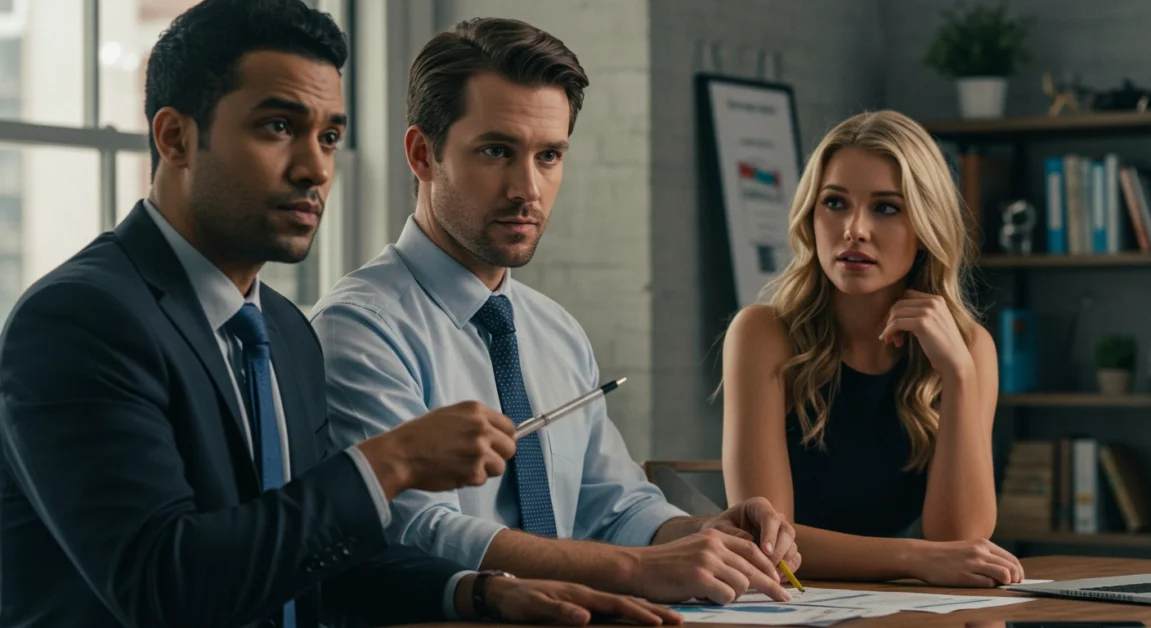How LinkedIn Videos Can Elevate Your Legal Practice Online
In the competitive landscape of legal services, the strategic use of LinkedIn videos has emerged as a powerful differentiator for attorneys seeking to establish their digital presence. The visual medium offers an unparalleled opportunity to demonstrate expertise, build trust, and forge meaningful connections with potential clients in ways that traditional text-based content cannot achieve. As […]
Read More
